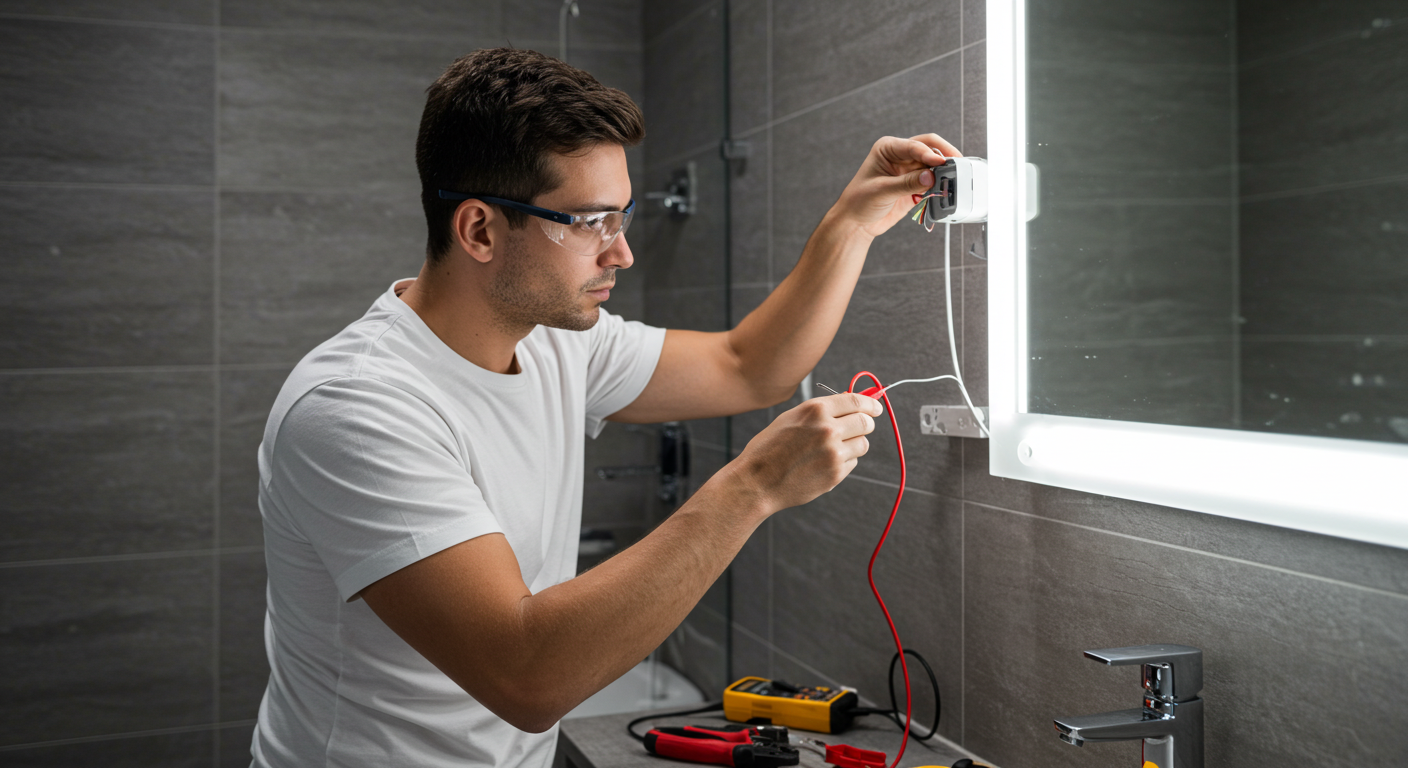Indoor air often contains dust, chemicals, and allergens. These can affect breathing and health. Many people look for natural ways to clean the air in their homes. One effective way is by using air purifying house plants. These plants not only add beauty to a room but also help reduce harmful particles.
Why Indoor Air Quality Matters
Poor air inside the home can cause headaches, tiredness, and breathing problems. Modern homes are built tightly, so air does not move freely. This traps pollutants from cleaning products, paints, and even furniture. Over time, it may affect health. Plants can make a difference by absorbing some of these toxins.
How Do Plants Purify Air?
Plants take in carbon dioxide and release oxygen during photosynthesis. But many house plants also absorb harmful gases like formaldehyde, benzene, and trichloroethylene. These gases often come from household items. The soil and roots of plants also help remove toxins. Together, they act like natural filters for indoor spaces.
Benefits Beyond Clean Air
Plants do more than clean the air. They increase humidity, which helps prevent dry skin and throat irritation. They also reduce stress and create a calm environment. Studies show that people feel more relaxed and focused in rooms with greenery. For small apartments or offices, plants offer both health and emotional benefits.
Popular Air Purifying House Plants
There are many plants known for cleaning indoor air. Each has its own qualities and care needs. Some of the most common ones include:
-
Spider Plant: Easy to grow and effective at removing carbon monoxide.
-
Peace Lily: Known for absorbing mold spores and harmful gases.
-
Boston Fern: Increases humidity and filters out formaldehyde.
-
Snake Plant: Removes toxins and produces oxygen even at night.
-
Areca Palm: Works well in larger spaces and adds moisture to the air.
Spotlight on Sansevieria Plant
One of the best plants for improving air is the Sansevieria Plant, also called the snake plant. It is very hardy and needs little care. Unlike many other plants, it releases oxygen at night. This makes it ideal for bedrooms, where fresh oxygen helps with better sleep. It can absorb harmful substances like benzene and xylene. Because it survives with little water and low light, it is a top choice for busy people.
How Many Plants Do You Need?
The number of plants needed depends on the size of the room. For small rooms, two to three medium-sized plants may be enough. For larger rooms, more plants are helpful. Placing them in different corners of the house allows air to circulate better. Research suggests that one plant for every 100 square feet can improve air quality noticeably.
Best Locations for Air Purifying Plants
Where you place your plants makes a difference. Here are some tips:
-
Put a snake plant in the bedroom for fresh air at night.
-
Place spider plants in the living room or office where people spend time.
-
Keep peace lilies in damp areas like bathrooms to fight mold.
-
Add ferns to rooms with dry air for natural humidity.
Tips for Taking Care of Indoor Plants
Plants need proper care to stay healthy and continue purifying air. Some simple tips include:
-
Watering: Avoid overwatering. Let soil dry slightly before watering again.
-
Light: Most plants need indirect sunlight. Keep them near windows but not in direct sun.
-
Cleaning Leaves: Dust can block a plant’s ability to absorb toxins. Wipe leaves gently with a damp cloth.
-
Repotting: Move plants to larger pots when roots outgrow the container.
Combining Plants with Other Practices
While plants improve air quality, they should not be the only solution. Opening windows when possible, using air filters, and avoiding harsh chemicals also help. Together, these steps create a cleaner and safer home.
Do Plants Really Make a Big Difference?
Some people wonder if house plants alone can clean all the air in a home. While they do help, their effect is gradual and best seen when combined with other healthy practices. Plants cannot replace air purifiers, but they can support them. Even a small number of plants can lower stress and improve comfort, which adds to overall wellbeing.
Choosing the Right Plants for Your Lifestyle
Not all plants suit every person. Busy people may prefer low-care plants like the snake plant or ZZ plant. Those who enjoy gardening can try ferns or palms, which need more attention. It is best to start with two or three easy plants and learn their care. Over time, you can add more varieties to enjoy a mix of beauty and cleaner air.
Final Thoughts
House plants are more than just decoration. They bring cleaner air, better mood, and comfort to any space. Choosing the right mix of air purifying house plants can make a big difference in daily life. From the hardy Sansevieria Plant to the soft Boston Fern, each adds beauty and health benefits. With proper care and placement, these natural helpers create a fresher and more pleasant home environment.

